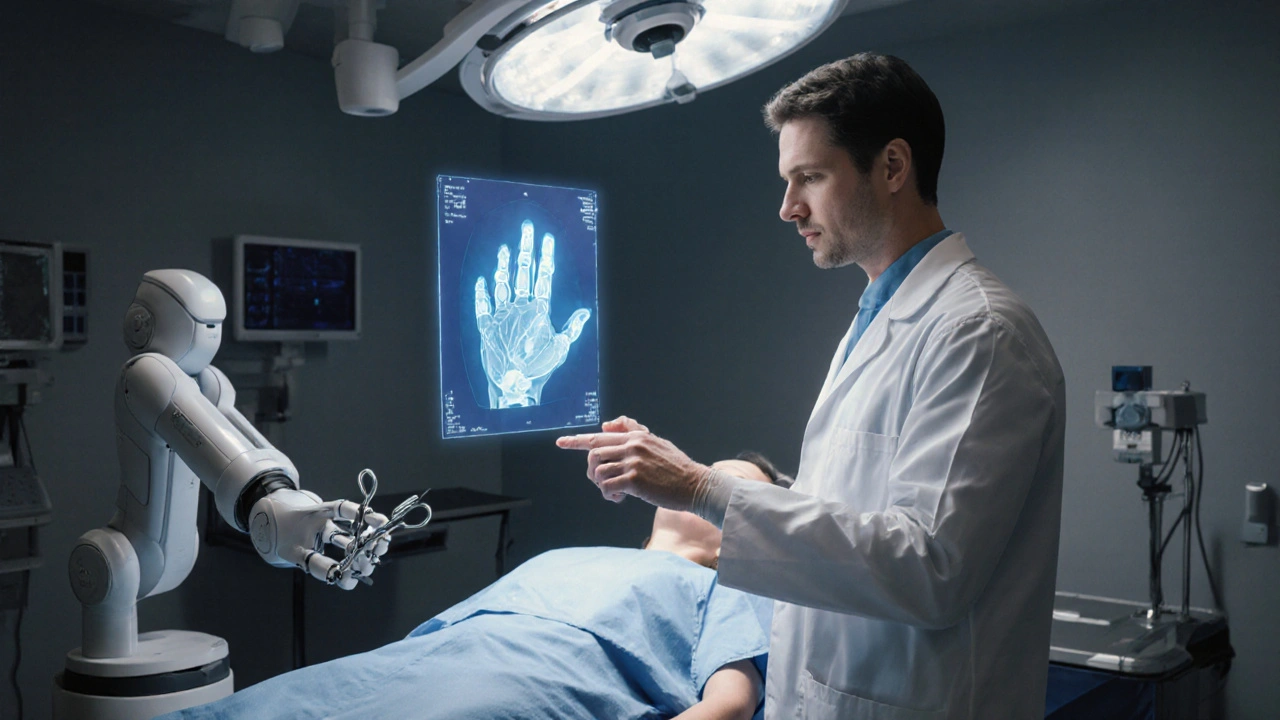X-ray: Basics, Uses, and What You Need to Know
When working with X-ray, a type of electromagnetic radiation that produces pictures of bones, lungs and other internal structures. Also known as radiography, it lets doctors see inside the body without a cut. X-ray imaging has been a medical staple for over a hundred years, and you’ll hear it mentioned whenever doctors talk about checking fractures, lung infections or heart size. The technology is simple in concept—high‑energy photons pass through tissue, hit a detector, and create a contrast picture based on how much each part absorbs the beam. That contrast is what makes a broken rib stand out from healthy bone, or a pneumonia‑filled lung look whiter than normal.
The field that shepherds every X‑ray you get is radiology, the medical specialty devoted to imaging and interpreting visual data from the human body. Radiologists decide which view to capture, adjust exposure settings, and read the final image for clues about disease. They also coordinate with technicians who handle the heavy equipment—digital detectors, lead shields and, when needed, contrast agents, substances injected or swallowed to highlight blood vessels or organs on X‑ray pictures. Adding contrast can turn a vague shadow into a clear map of a tumor’s borders, making surgery planning much safer.
Within the broader umbrella of diagnostic imaging, any technique that creates visual representations of internal anatomy for clinical assessment, X‑ray sits alongside CT scans, MRI and ultrasound. While a CT (computed tomography) provides a 3‑D view using many X‑ray slices, the plain X‑ray remains the quickest, cheapest first step for many complaints—think a sprained ankle, a persistent cough, or a suspected kidney stone. The semantic link here is straightforward: X‑ray encompasses basic radiographic imaging, and diagnostic imaging includes both X‑ray and its more advanced cousins. That relationship guides doctors in choosing the right test without over‑exposing patients to radiation.
Speaking of radiation, safety is a constant conversation in every radiology department. The principle of ALARA—As Low As Reasonably Achievable—means technicians always aim to minimize dose while preserving image quality. Modern digital detectors need far less exposure than old film plates, and lead aprons protect sensitive organs like the thyroid and reproductive glands. When you hear about “radiation dose,” think of it as a balance: enough photons to reveal a fracture, but not so many that they increase long‑term risk. Patients with multiple follow‑up X‑rays, such as those with chronic lung diseases like idiopathic pulmonary fibrosis, benefit from dose‑tracking programs that log each exposure.
Why does all this matter for the conditions in our article collection? Many of the health topics we cover—whether it’s asthma inhaler efficacy, allergic conjunctivitis, or pulmonary fibrosis—often start with an X‑ray to confirm a diagnosis or rule out complications. For example, a chest X‑ray can show hyperinflated lungs in severe asthma, or early scarring in fibrosis before symptoms worsen. Knowing what an X‑ray looks for helps you understand why a doctor might order it, what the image can reveal, and how it fits into a larger treatment plan that may include medication, lifestyle changes, or surgery.
Key Takeaways Before You Dive Into Our Articles
Remember these three quick points: 1) X‑ray provides fast, detailed views of bone and soft‑tissue structures; 2) radiology teams use contrast agents and protective gear to boost clarity while keeping radiation safe; 3) every X‑ray you get is part of a bigger diagnostic journey that often leads to the medication guides, disease overviews, and health tips you’ll find below. With that foundation, you can read the posts with confidence, knowing the imaging step that often precedes the treatments we discuss.
Now that you’ve got the basics of X‑ray, radiology, and how imaging ties into the health topics on this site, scroll down to explore detailed guides on inhalers, antibiotics, supplements and more. Each article builds on the diagnostic picture we just painted, giving you practical advice that fits right after the imaging step.






